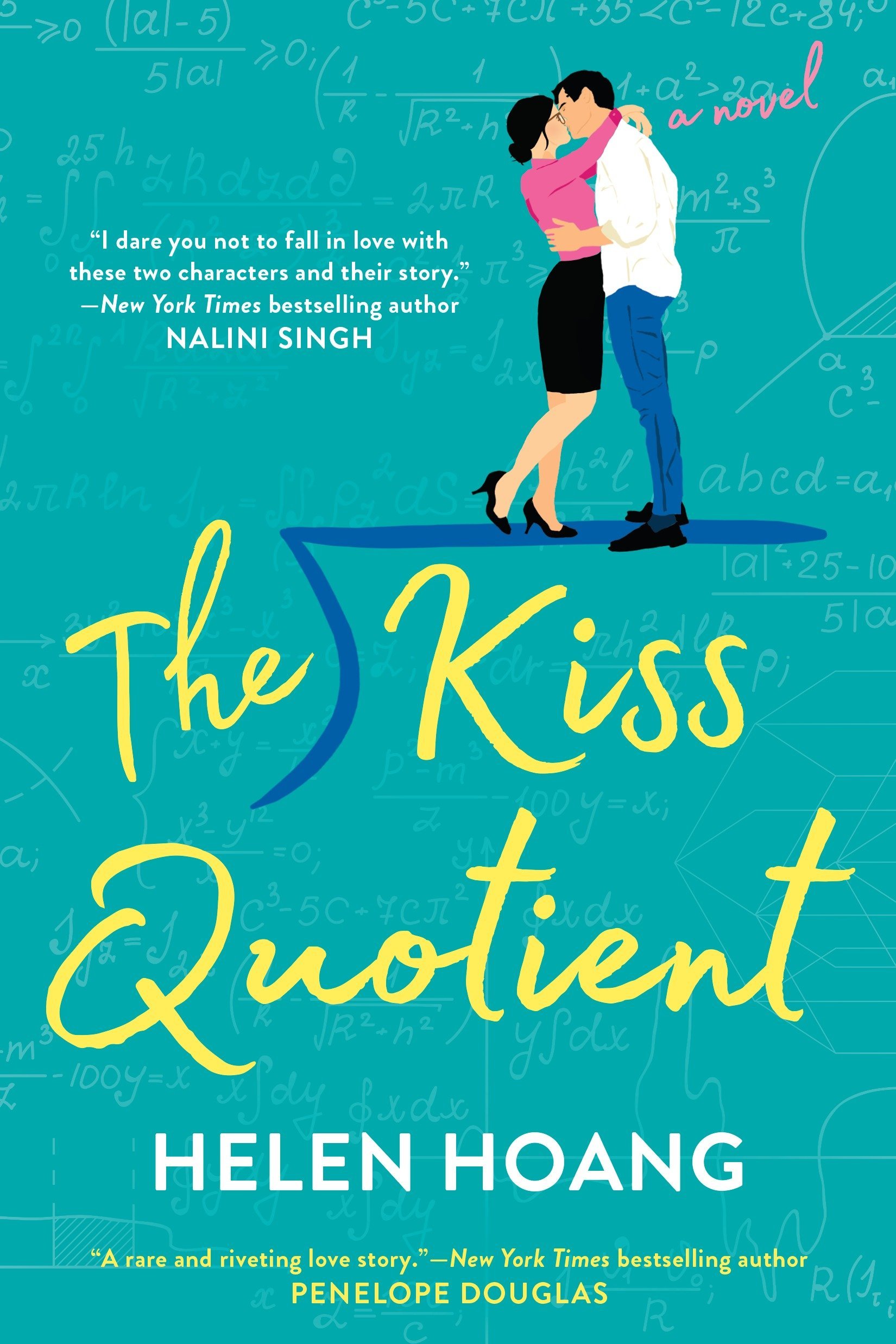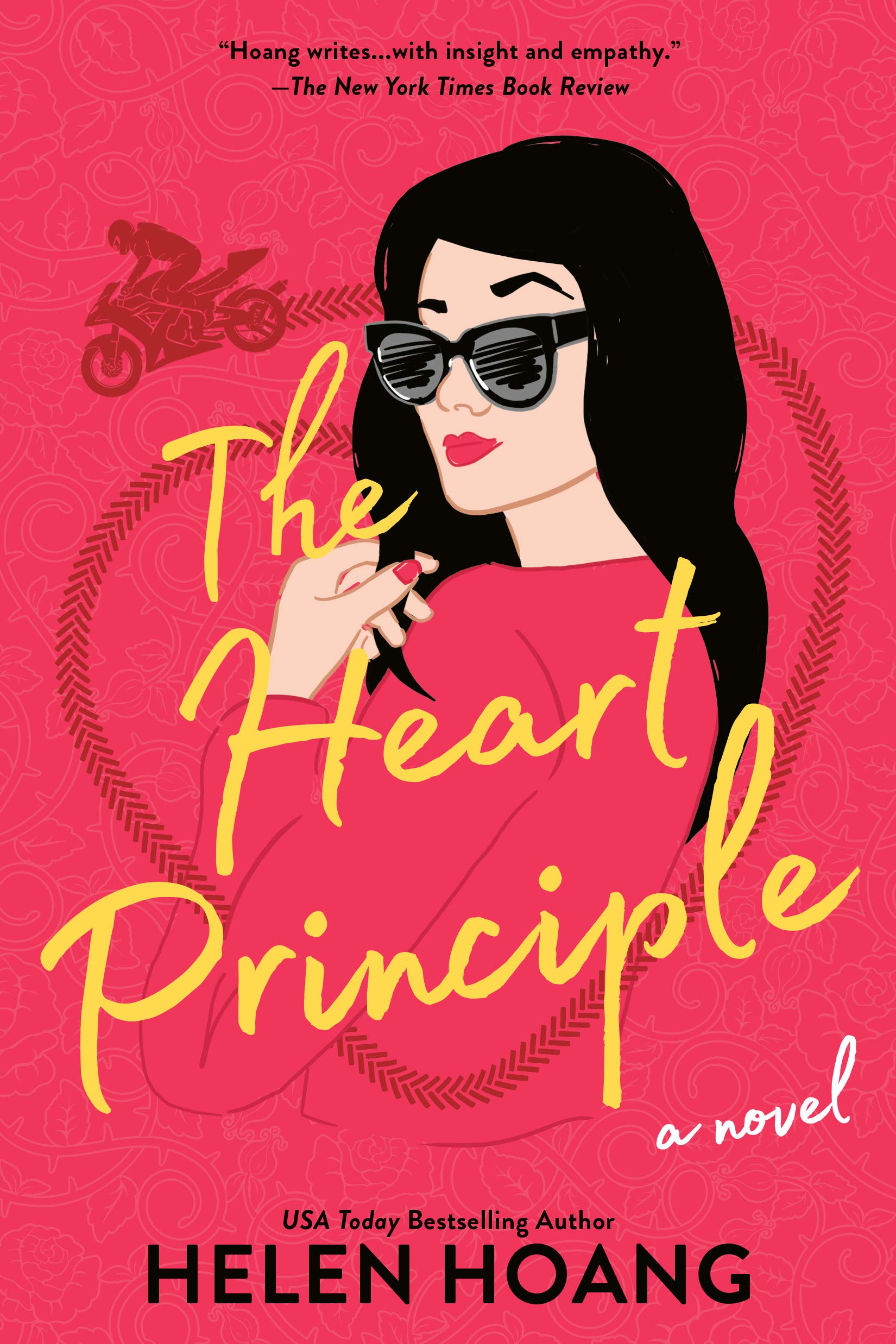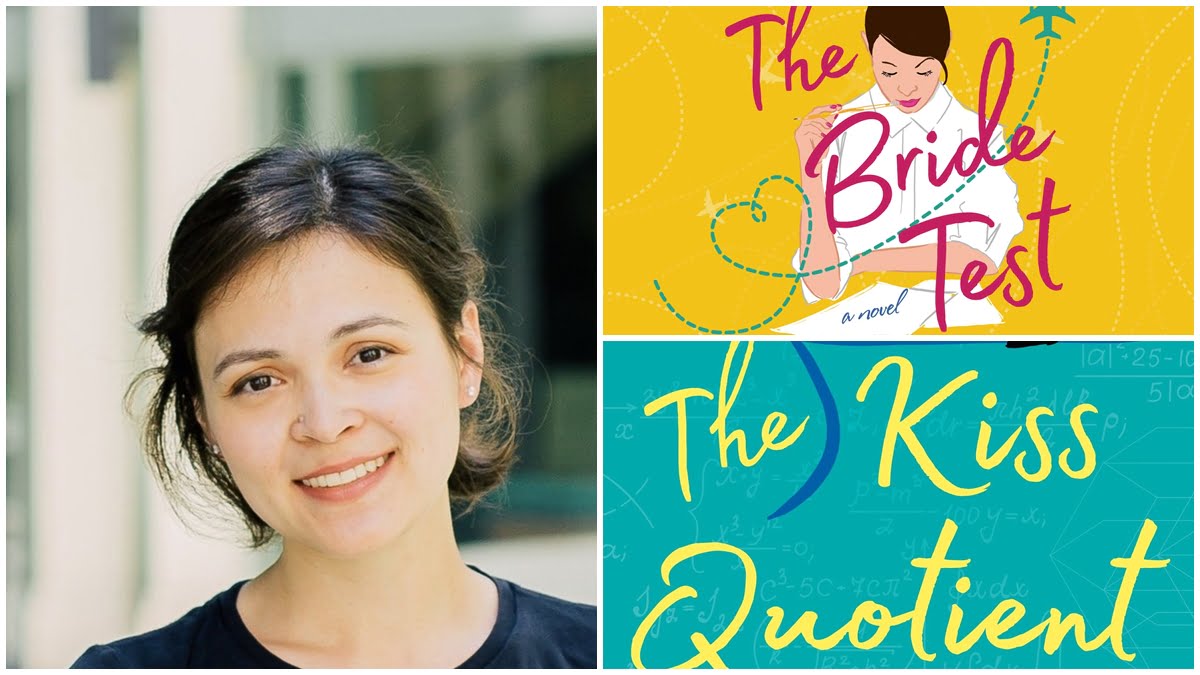Helen Hoang, one of those authors I recently discovered, has quickly become my favourite romance writer. I would not normally admit that I like romance novels (and the reason behind is another conversation in itself) but she is just one of those authors who makes the idea of declaring my love for romance novels compelling.
Not counting the stories she has discarded or not published, till date Helen Hoang has written three books: The Kiss Quotient, The Bride Test, and The Heart Principle; in their order of publication. All these three novels have a central character who is on the Autism Spectrum and is dealing with it in a different way. Stella from The Kiss Quotient has been diagnosed with it for some time, and is dealing with its implications on intimacy and her romantic encounters. Khai in The Bride Test is learning how to challenge his family’s perception of himself as a cold man who does not have feelings. Anna from The Heart Principle gets diagnosed with it on page and comes to accept it as part of her identity over the course of the novel.
What is remarkable about these characters is that their neurodivergence is not their sole description or identity in the novel. They have well-rounded personalities and interests that are not tied to their diagnosis.

As Hoang mentions in the ‘Author’s Note’ of The Kiss Quotient, much of her inspiration for her novels comes from personal experiences, and the depiction of characters with Autism Spectrum in all her books too comes from the same place. Having herself led a relatively ‘normal’ life till her 30s, she was diagnosed with ASD only at the age of 34 after discovering that autistic women, in her own words, “mask their awkwardness and hide their autistic traits to be socially more acceptable” and therefore exist in what is called the “invisible part of the spectrum.” Her diagnosis, she says, helped her discover her voice. Since then, she has been writing wonderful books, which one Instagram user calls “a love letter to herself”, wherein she redefines who gets to be the main character in a romance novel.
It is not a secret that people with disabilities and people with mental illness, rarely feature on the pages of a romance novel. And if by chance the said person is a woman; writers, readers, and critics have a field day. They can easily be compartmentalized into the “crazy woman” category, or sometimes be marketed as “horror stories”. I am thinking of Betha Mason from Jane Eyre and the woman (whose name may or may not be Jane) from The Yellow Wallpaper respectively. A little more humanly, but too limitingly, others are kept separate for motivational movies, and supporting characters. But Helen Hoang is changing that.
Also read: Popular Myths & The Female Body: A Commentary On Nawal El Saadawi’s The Hidden Face Of Eve
Helen Hoang takes the conventional romance formula — guy meets girl, girl meets guy — and starts turning the dials. Formulas are boring anyway. What if the guy was East-Asian? What if the girl had ASD? What if the guy had ASD? What if the man had body image issues? It is as if somebody finally discovered what happens once you discover the door to Narnia — a whole new world opens up.
Helen Hoang takes the conventional romance formula — guy meets girl, girl meets guy — and starts turning the dials. Formulas are boring anyway. What if the guy was East-Asian? What if the girl had ASD? What if the guy had ASD? What if the man had body image issues? It is as if somebody finally discovered what happens once you discover the door to Narnia — a whole new world opens up.
Helen Hoang is also the child of a war refugee who fled to the United States after the Vietnam war, and therefore occupies a position that allows her to explore other social issues in her novels as well. All of her novels feature people of East Asian heritage. And in The Bride Test, Hoang consciously tries to break out of the “westernised” notion of romance. Esme, the female protagonist is Vietnamese and has limited knowledge of English. In developing the character of Esme, beyond formal research, Hoang took a lot of inspiration from her mother. She is unlike ninety-nine percent of characters in popular fiction. And despite this, she is a well-rounded character who undergoes significant development throughout the course of the novel.

She also explores the idea of the “American Dream” through her books. Only alluded to in the first and third books, it is an important trope in The Bride Test. The protagonist, Esme, wants to make it in America so that she can give a better life to her family and she tackles many challenges along the way trying to achieve her American Dream.
The third book, The Heart Principle, is part fiction and part memoir. It is dedicated to caregivers and is inspired by her own experiences of providing care to her mom who was battling cancer. Published in 2021, the novel emphatically explores the nuances of caregiving. Hoang, having herself experienced the burnout that comes with caregiving, takes an emphatic and humane approach to the same. Rather than showing the caregivers in a superhuman light, she humanises them as people with feelings and flaws.

Along with having a social bent, Hoang’s novels are primarily romances and I’d argue that her novels are what I’d like to call ‘sex positive.’ Consent is always established and boundaries are maintained. There is constant communication happening between the protagonists. Things are awkward and things are awesome. The representation of intimacy in relationships is truly captured.
Also read: Discrepancies In The Diagnosis Of ADHD: The Confluence Of Mental Health & Gender
Along with having a social bent, Helen Hoang’s novels are primarily romances and I’d argue that her novels are what I’d like to call ‘sex positive.’ Consent is always established and boundaries are maintained. There is constant communication happening between the protagonists. Things are awkward and things are awesome. The representation of intimacy in relationships is truly captured.
Some would argue that the books Helen Hoang writes are utopian. I don’t think so. The reason for this is that the word ‘Utopia’ has its roots in Greek which means a place that doesn’t exist. But I don’t think the world Hoang shows in her novels cannot come to be. On the contrary, I think what she is trying to say is with a little bit of understanding and empathy and such a world can indeed become a reality.
Priyanka Kedia is currently pursuing MA in English from Delhi University. She like exploring feminist and postcolonial themes in pop culture and literature. Wordplay makes her synapses fire faster than the speed of light. You can find her on Instagram.





Very well explained.
Thank you so much!
So insightful. Will definitely read the book.